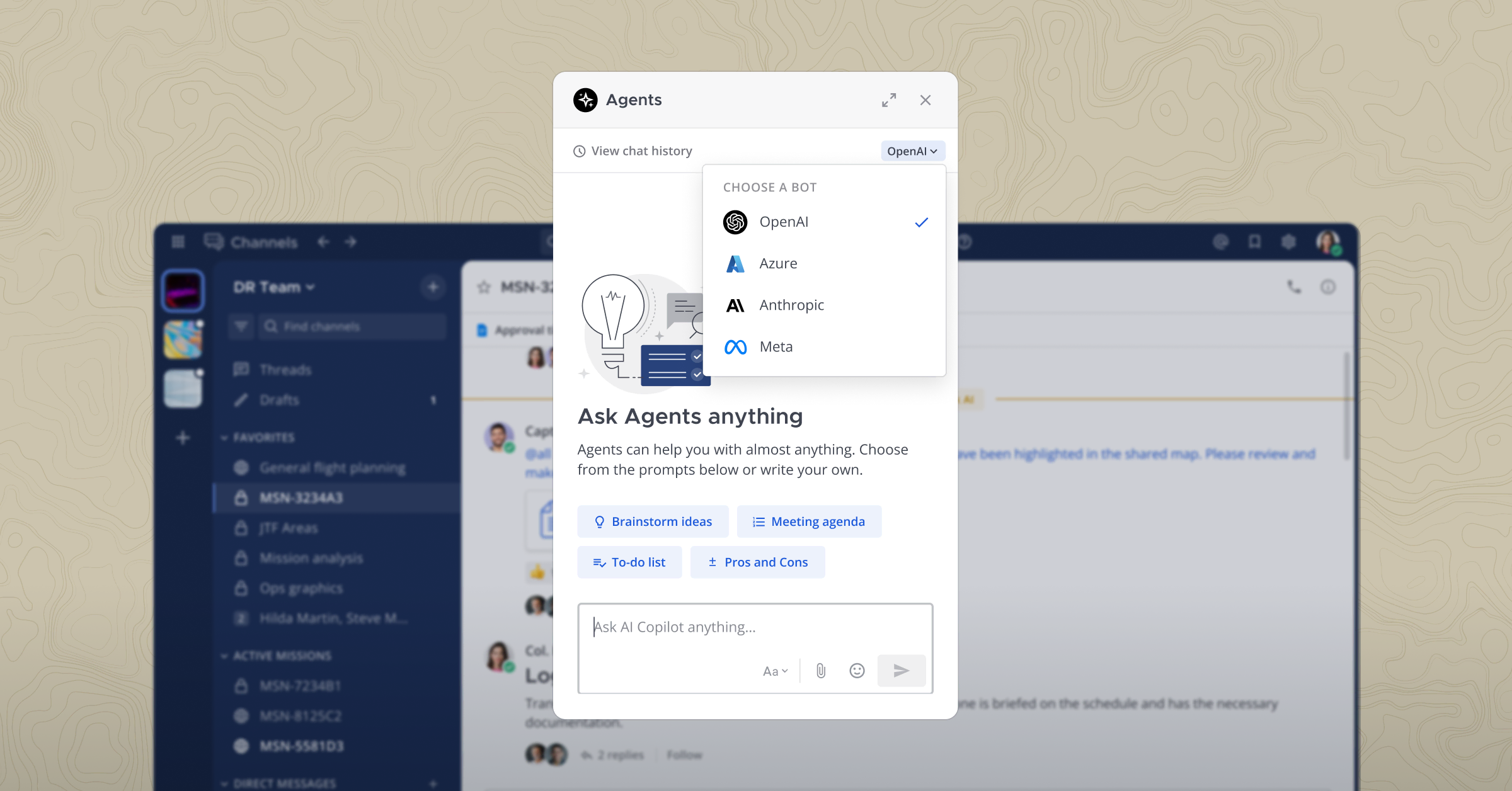
How release process documentation helps you ship software faster
Want to improve your release management process? Better communication practices and release process documentation can help you get there.
Your release management process is one of the most critical processes in your organization’s toolkit. An excellent release management process can accelerate software release workflows, allowing your team to deliver software consistently and predictably and ensuring that your customers have an optimal brand experience.
But release processes can have weaknesses that slow your team down and can even introduce risk to every release. Common mistakes include poorly defined release checklists, a lack of clear alignment across the team, and critical information fragmented across tools in the release workflow.
Fortunately, by improving your release process documentation, you can strengthen and streamline your release management process and bring software updates to your users faster and more effectively. Here are three ways to improve release documentation for your next release.
1. Establish a single source of truth to keep everyone on the same page
Information silos are one of the biggest challenges facing development organizations. Because release management workflows bring together information from across multiple tools against a tight timeline, they’re particularly susceptible to these information silos.
Creating a single source of truth gives your team and other organizational stakeholders better insight into the status of the release. A collaboration channel dedicated to the release where you can consolidate conversations, files, and your release playbook keeps the information your team needs at their fingertips. Integrating data from other tools in your software development workflow can make your source of truth even more powerful.
2. Define clear workflows and task ownership to eliminate uncertainty
At the other end of the spectrum, process documentation can help your team keep track of the more granular activities in their release management checklist. A shared release playbook that documents every activity ensures that your team always knows where they’re at with the release.
But it’s not enough that the team knows what to do. Everyone also needs to know who should do it. Assigning a clear owner (or multiple owners!) to crucial tasks as part of your playbook helps everyone understand who is responsible for each stage of the release, how the release is progressing, and who to follow up with if they have questions.
3. Iterate with every release to build on what works
Release management is an ongoing practice that doesn’t stop with any one release. Every release is an opportunity to learn more about what’s working and implement improvements to help the next release run more smoothly.
Incorporating regular retrospectives into your team’s release process allows them to raise concerns and bring forward ideas while they’re still fresh and gives you time to implement changes before the next release. Be sure to give someone the action item of updating the release playbook after the retrospective!
Learn more about release management best practices
Want to give your release management processes a boost? Learn more about best practices for release management in our new guide, Level Up Your Release Management Workflow, to find out what you can do to build and improve upon your team’s release management workflow.




